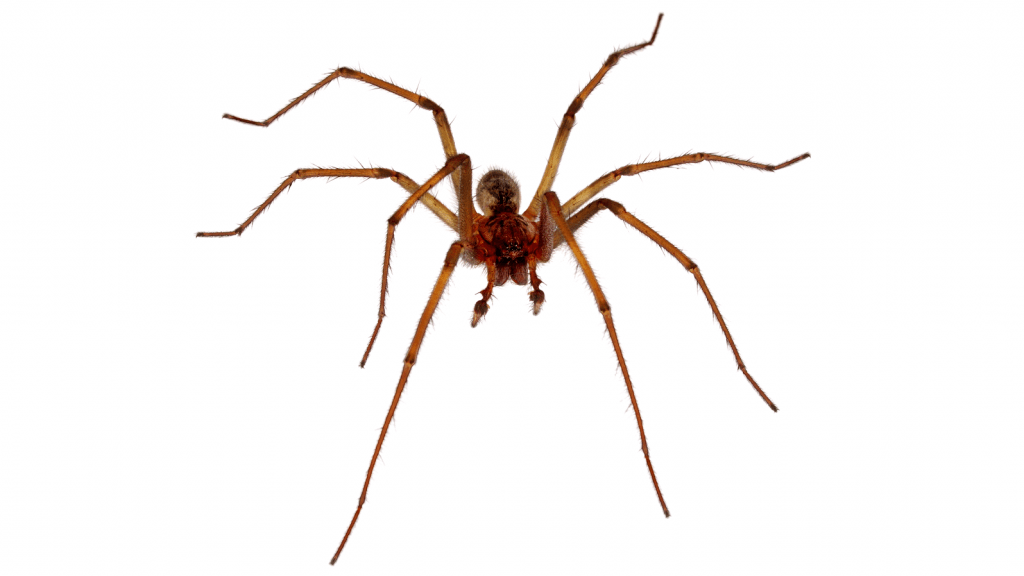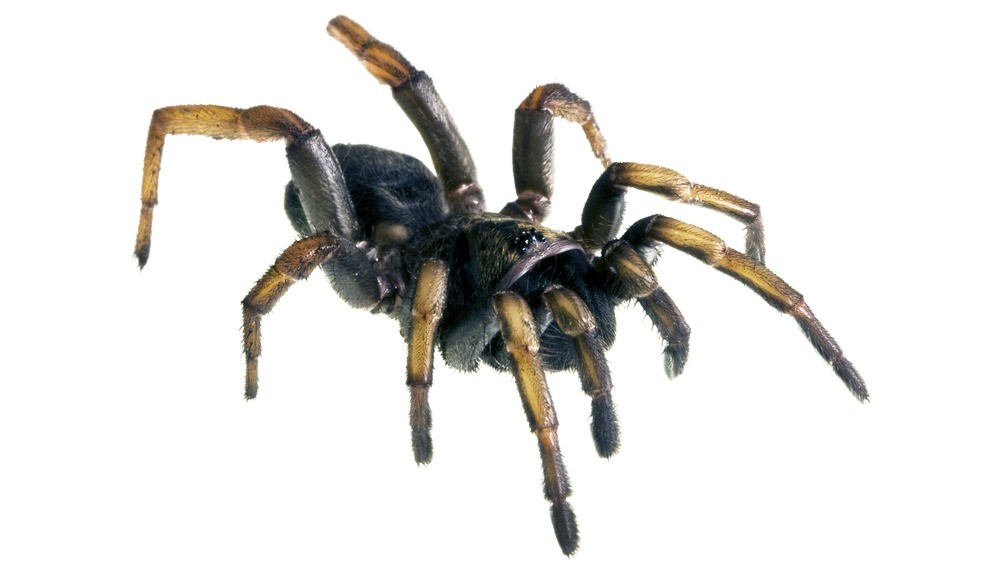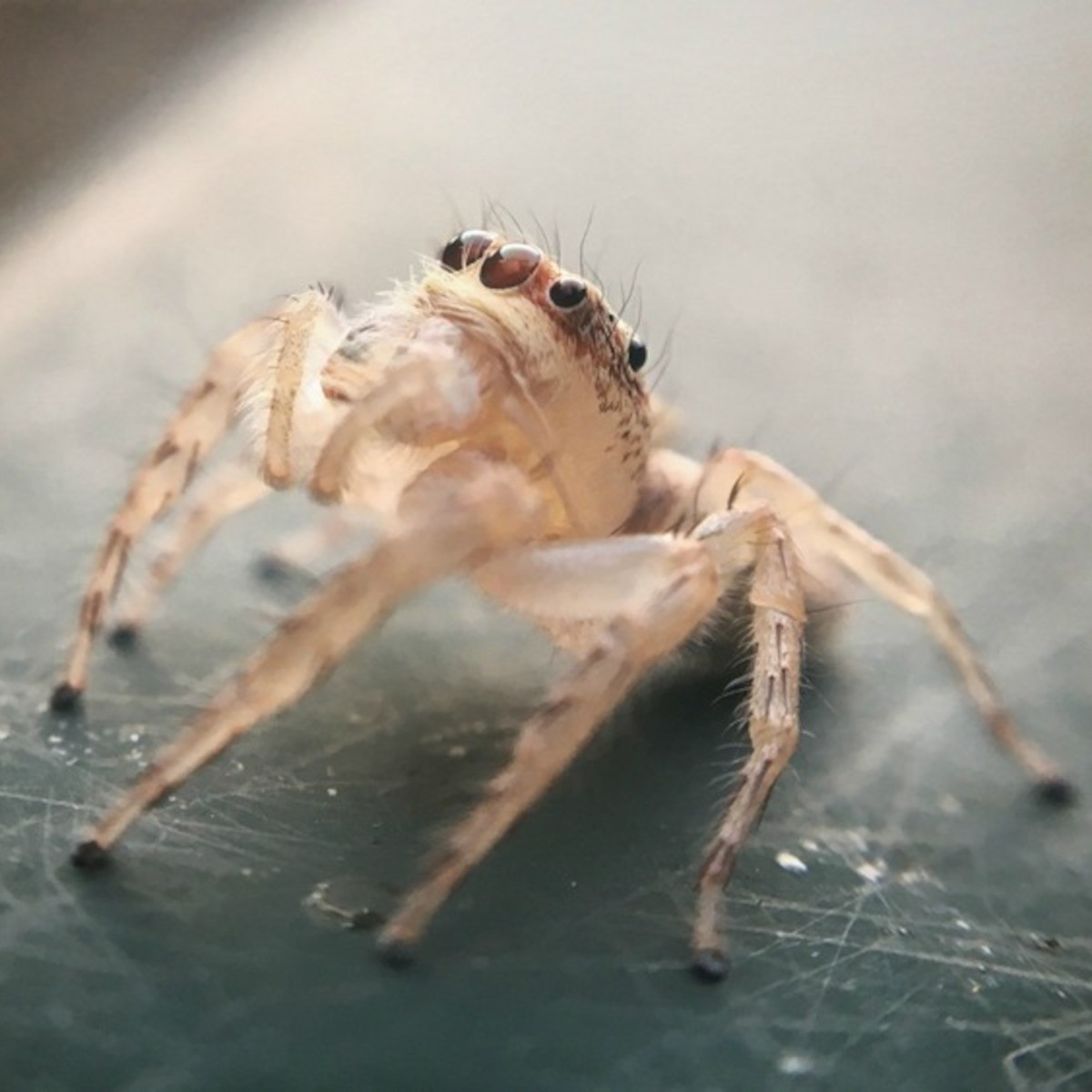Australian Spiders
As an established pest control company, we are well aware of the majority of pests, some more dangerous than others. In this line of thought, we have to admit that Australia is home to a lot of deadly animals, one of which is the spider.
With over 10,000 different species roaming around the continent, spiders are the most widely spread venomous creatures in the country.
That’s precisely why we feel the need to give you more information on the topic, which will hopefully prove helpful during your next encounter with one of these crawling creatures. So, let's go over some of the most common house spiders in Australia, some of which are dangerous while others are just scary.
Common Australian House Spiders
What are the signs of a spider infestation?
Seeing the spiders is the most telling sign. However, as they like to hide in moist and dark places like attics, basements and the like, it may be hard to realise right away that you have a spider infestation problem. Here are what other signs you can look for:
- Spider webs all-around your property - Most likely, this would be one of the first signs, as spiders use webs for hunting, getting to a higher place or egg protection. They can differ in shape per species.
- Outdoor burrows - Not all spiders like to live in high places, some prefer to stay on the ground and build burrows. Such is the case with the Melbourne trapdoor spider. Those are most likely to be found in your garden.
- Increased number of insects - Not so much a sign, but an attraction for the crawling creatures. If you have suspicions that spiders are infesting your place, then it is most likely to find them where insects are present.
Although spiders are known to be natural pest control agents, having a lot of them can put you and your family at risk, depending on the type of species you are dealing with. High spider presence might also indicate that you have another pest living in your home. Spiders usually enter a house only because they can find prey to feed on there.
Check also: How to Identify Cockroach Eggs
What to do if you find a spider in your home?
Your first thought might be to kill the spider or run, depending on its size. If you stumble across one of the harmless house spiders, you can easily take care of them with the help of a vacuum cleaner or a broom.
If the spider is bigger or seems more menacing, it’s important to keep your distance while also trying to examine and identify the species. If you ever find yourself face to face with a venomous spider, regardless of the size, then we advise you to call an expert right away and not risk removing the eight-legged creature from your home by yourself.
Also, keep in mind that killing one spider does not necessarily mean you've handled the infestation (if there is a serious infestation going). Unless you're ready to repeat the same exercise again and again, it would be best to think of a more permanent and guaranteed solution, such as an inspection and treatment from a pest controller.




